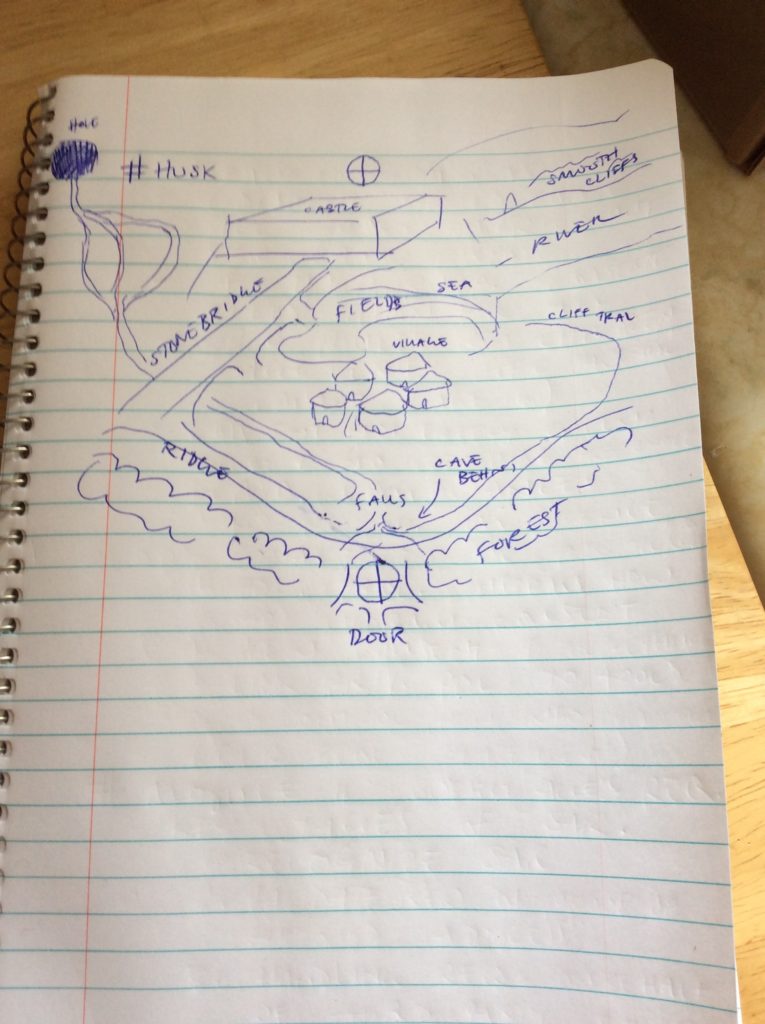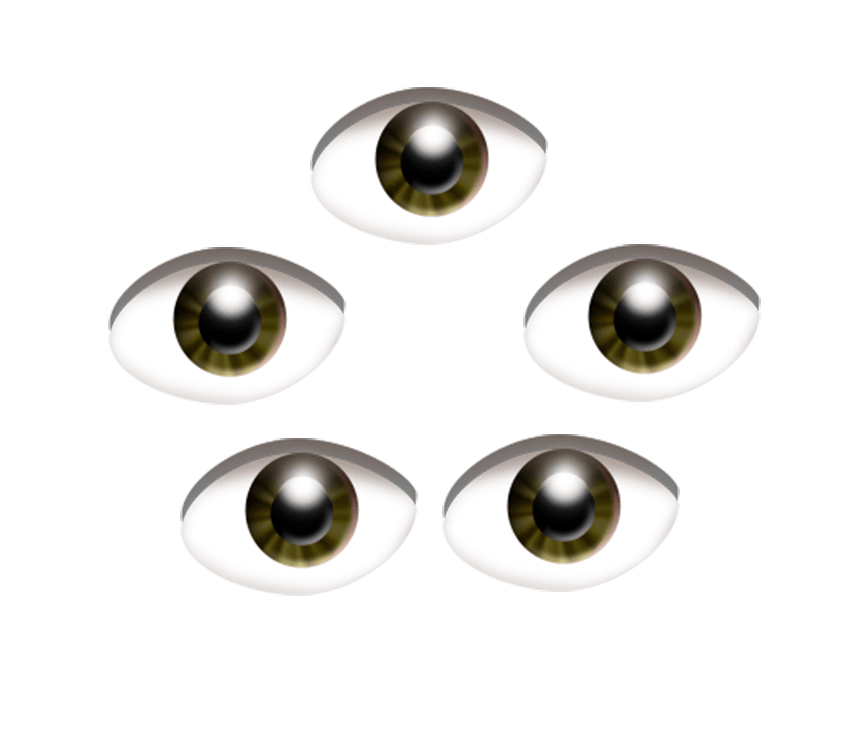
Category: Thing Page 3 of 6
After yet another effort at attempting to check in to a 2m net, I’ve pretty decisively concluded that my antenna is not powerful enough. I’m using a Baofeng UV-5R with some Nagoya whip. I can hear things okay, but that’s the extent of it. Never made any contacts at all from multiple test locations.
So I’m assembling parts to follow this basic j-pole build concept:
I bought the copper, solder, pipe cutter, flux, etc. And just ordered the coax cable, along with the UHF female jack and an SMA female to UHF female to attach to the HT.
I wrote to the author of the above video about what to use for the connector bit at the feedpoint and he said I could just use plumbing solder. I already have this on hand, so why not.
I’m basically foregoing any attempt at tuning, since an SWR meter will set me back at least $60 Canadian. I’ll just follow the measurements given and hope for the best.
I found a few other j-pole videos I’ll include below, though the one above is really the clearest. It’s interesting when doing a project like this to get a few different viewpoints because different people will say or show different elements that may end up being important for your tinkering.
Lotsa close-ups of the soldering action:
I’m not too crazy about how they connect to the feedpoint here but including anyway:
This is worth reading and if I were in the US I would probably just have bought one of his – but it’s a good learning experiment to do my own as well:
http://www.jpole-antenna.com/2015/08/20/using-an-external-antenna-with-your-handheld-radio/
And this one is worth watching just to understand what’s really happening:

I’ve been engaging in a series of hypnagogic meditations/visualizations, which over the course of a couple of weeks, I’ve been able to map out into a quasi-coherent imaginal realm, called Husk (pictured above).
Husk, for me, is entered via the door at the bottom, which is on a ridge in a tree in a forest on top of the ridge.
There is a left hand path which leads to a stone bridge, and a castle. The right path winds down along a cliff face to a plain and a village, with fields and a river beyond. A waterfall drops over the ridge down the area below, and winds off in the distance into a kind of vortex.
The village is called Tranquilos, the smaller River Langula, the vortex Exilis. The settlers of Tranquilos came from away over the sea and river at top right from a land called Sourcia.
I was curious what would be the effect if I brought into Husk the tulpa that I had been working on, Princeps, whose form is a blue diamond. ? While exploring such inward-facing worlds, I try to do a combination of directed visualization, plus a “wait and see” attitude after introducing elements. That is, I wait for spontaneous changes to the environment. In this case, I got the impression that Princeps as “money” was enriching the elements to which I introduced it.
I started with the big river at top: and when I added “money to water” the water became full of fish and living things. Then the shoreline. When I added “money” to earth, plants grew and evolved and eventually animals came to eat and live among them. Not long after, settlers from Sourcia arrived and built their round-houses, and lived off the fish in the river.
Eventually, I added “money to rock” via Princeps, and out of the mountain arose the castle across the stone bridge. Princeps set four watchers, pillars of fire, to guard over the realm.
(Click through to the gallery above for full photo set)
Pictures I took of the unboxing of my Jensen Cassette Recorder, purchased from Amazon in Canada for $32.99 CAD.
I would characterize the quality as “cheap” to the touch. An old cassette I bought worked in it, played through the speaker but sounded “weird and slow and bad”, so I “took it out” so as “not to ruin it.”
Cassette recorder functionality so far seems pretty serviceable. Built in mic, no line input. Headphone out, which I plan to connect to my car as an audio source. Hopefully it will not eat all the tapes we’ve been buying at the flea market.
I honestly haven’t driven my car for any distance since buying it though, so I have yet to test it out.
Curiosity has gotten the better of me, and I finally broke down and bought a practice chanter (to learn to play bagpipes) from Amazon. It’s a cheap one, and every bagpipe site I have ever seen likes to write, in all caps, warnings like:
DON'T YOU DARE BUY A CHEAP ONE!!!!
Which is all well and good if you’re sure ahead of time you’re going to make this plunge and commit to it forever. But starting with a $15 trial balloon over a $100 experiment seems like a good idea to me. What do I know!
The more I’ve gotten into researching the types and history of pipes though, the more compelling it actually is. I mean, as far as “windbags” go…
This is one of my favorite piping videos for a lot of reasons:
Oddly, it turns out that goats and bagpipes seem to have been intimately connected for quite some time.
If you delve into piping history (at least the online sources I found), they put the first officially recognized mention of bagpipes to a Roman source sometime in early AD. But there’s an elemental pattern you can see behind the pipes if you look with the “eyes of the goat.”
I’m not going to pretend to be any kind of expert, but I found a bunch of different traditional forms of bagpipes which are not only made of goat skin, but which explicitly seem to reference the form of the animal, with either heads included, or else with drones, chanters and windpipes in place of the limbs of the beast.
Check out, for example, the Zaqq from Malta:

Here’s another one from Eastern Europe:

And this is included ‘just for fun’: via Duda on Wikipedia:
“…there were many legends about bagpipes that could play themselves when hung from the wall on a nail or about pipers summoned to Witches’ Sabbaths to perform for satanic hosts.”
So my hypothesis, for the moment, goes something like this:
Bagpiping is a secondary cultural artifact from raising goats (or sheep, variously–just using goats as a catch-all here). In French, we have this handy word for goat-raising, Capriculture.
Moreover, the evolution of the “windbag” is simply an augmentation of pre-existing reed flutes, like this German dude (assuming he’s German–maybe I’m wrong) makes in the Youtube video below:
Bagpipes are basically this attached to a pipe you do your fingering on – chanter – which sticks out of a bag, and which has anywhere from typically 1-3 drones, which are reeds on pipes each tuned to sound at one continuous note.
So there’s a precursor invention, the reed pipe, which is more or less a “natural” human invention from naturally-occurring material. Which is over time grafted onto this other invention: an animal skin or bladder which can be inflated or deflated with air or liquid.
Taken in this light, the instrument becomes less a strange oddity, and something more elemental, and perhaps very ancient – as ancient as the human relationships with the plants and animals from which the craft originally descended.
https://youtu.be/03Ok98XorcA?t=32s
That’s the theory anyway. Not sure I’m ready to start keeping goats, but I’m warming up to giving piping a shot. Will keep you posted!
PS. I love how that last video shows the pipes mixed with the sound of sheep’s bells
I went off on pretty much a tear earlier investigating the possibility of coming up with some kind of rapid communication board which would allow you to input words, not letters.
I went once or twice around the bend, and found the closest match in an app called DocsPlus which gives you the ability to create customizable word-bars. There’s a 28 day free trial. It’s interesting, but my use case is to be able to rapidly paste in the results of these sentence creation actions into Firefox in a spreadsheet. It was too combersome with switching back and forth between tabs to access other word bars.
So I cooked up some Javascript I’m still tinkering with which looks at the moment like this:

There is a state I often find myself in, when working outside. The “closing things down for the day” routine. Shutting the doors to the shed where the chickens live. Putting tools away. Knowing I won’t come back out again today to play with whatever I was working on. Or maybe I will, but if I don’t, then there will be no (extra) harm that will come because of my neglect.
I sometimes feel myself amplifying that feeling out to the end of the season. If it snows today and summer ends in a sudden bluster, it will be okay. It’s not usually (or at least not always completely) true, but in my mind it somehow has to be. Battening down the hatches against the end of the world.
I’ve never found myself thinking so much towards future years. Not in terms of what will I do one day but the future in a matter-of-fact way. That today will be roughly like the next, and the next, and the next. Perhaps on into years, as the trees planted this season grow taller, as the small jobs I do fixing or building around the house get done, and others take their places.
Feature tree connected to product paths. /user intents
Click through steps, presented as a numbered list or breadcrumb > trail of sequential steps.

